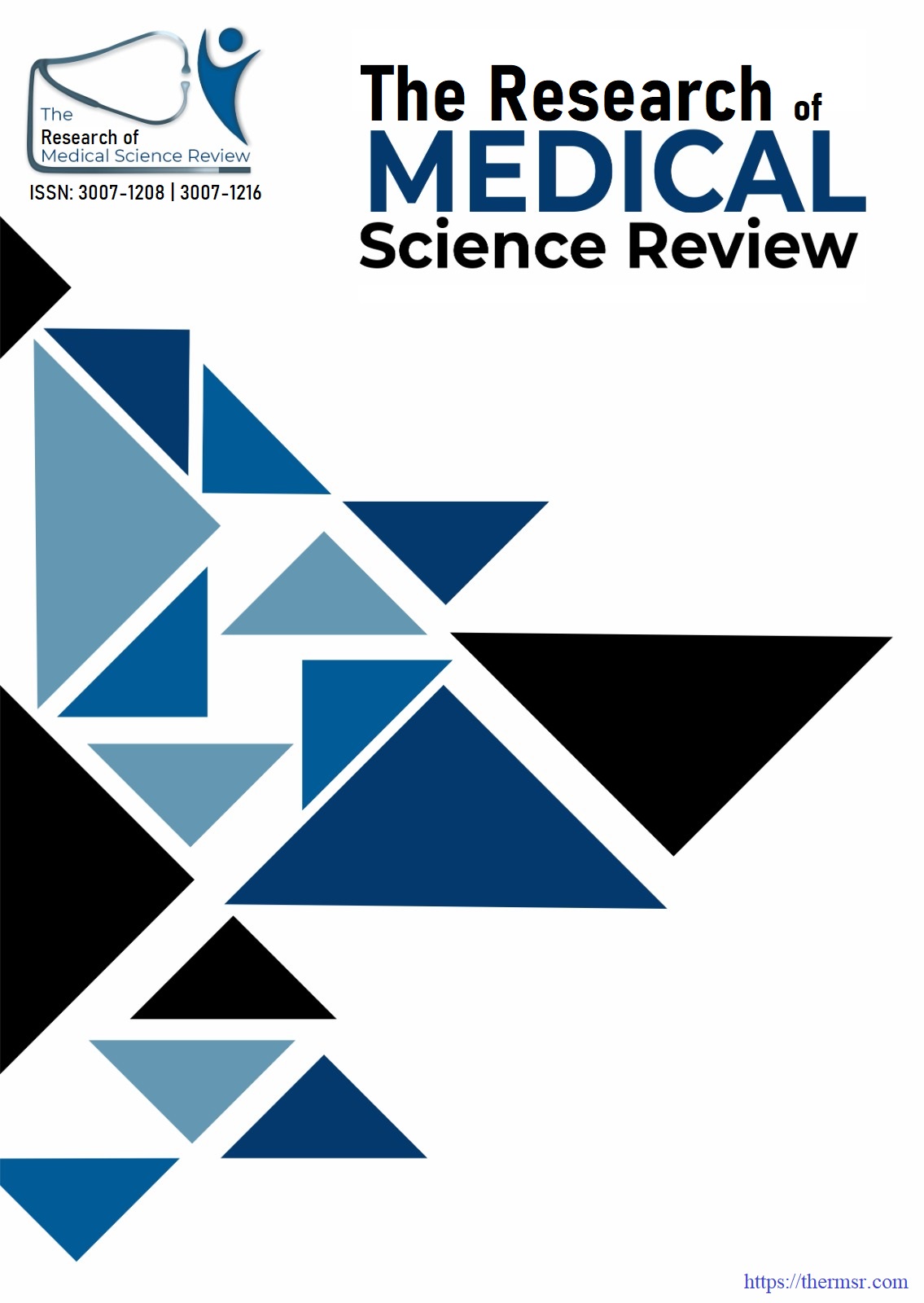TO DETERMINE THE FREQUENCY OF PRETERM LABOUR IN WOMEN TREATED WITH CERVICAL CERCLAGE AND EFFECT OF ADDITIONAL PROGESTERONE TREATMENT IN PREGNANT WOMEN IN TERMS OF INCIDENCE OF PRETERM LABOUR, PRESENTING WITH PREVIOUS HISTORY OF PRETERM DELIVERY DUE TO CERVICAL INCOMPETENCE
Keywords:
Preterm labour, Cervical Cerclage, progesterone treatment, pregnant, cervical incompetenceAbstract
OBJECTIVE: To determine frequency of preterm labour in women undergoing cervical cerclage.
MATERILAS AND METHODS: Study design used was descriptive study design. Study setting of research was Outpatient, Department of Obstetrics & Gynaecology, Ibn-e-siena Hospital, Multan. Sample size of 212 Calculated through OpenEpi software. Inclusion Criteria included pregnant women, aged 18-38 years, at gestational age of 12 weeks, with previous history of preterm delivery due to cervical incompetence. Data analysis was done by SPSS-24. Preterm Labour and prevention of preterm birth was compared between two groups by using chi square test. Preterm Labour and prevention of preterm birth was also compared between two groups after stratification with maternal age groups and short time between two pregnancies. P- Value ≤ 0.05 was considered as significant.
RESULTS: A total of 212 pregnant women with a history of preterm delivery due to cervical incompetence were included in this study. The mean maternal age was 28.3 ± 4.7 years. Out of the total participants, 71 women (33.5%) experienced preterm labour, while 141 women (66.5%) delivered at term. When comparing the two groups: In the progesterone group (n=112), 24 women (21.4%) had preterm labour. In the non-progesterone group (n=100), 47 women (47%) had preterm labour. This difference was statistically significant (p < 0.001), indicating a potential protective effect of progesterone therapy in preventing preterm labour. Women who conceived within a year of a previous delivery were more likely to experience preterm labour, particularly if they did not receive progesterone therapy.
CONCLUSION: By adding progesterone to cervical cerclage significantly reduces the risk of preterm labour, particularly in women under 30 years of age and those with a short inter-pregnancy interval. These findings support the combined use of cerclage and progesterone in managing high-risk pregnancies.
Downloads
Downloads
Published
Issue
Section
License
Copyright (c) 2025 Dr. Amna Rehman, Dr. Sara Shafi, Dr. Misbah Khursheed (Author)

This work is licensed under a Creative Commons Attribution-NonCommercial-NoDerivatives 4.0 International License.















